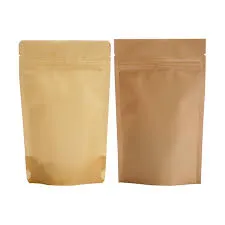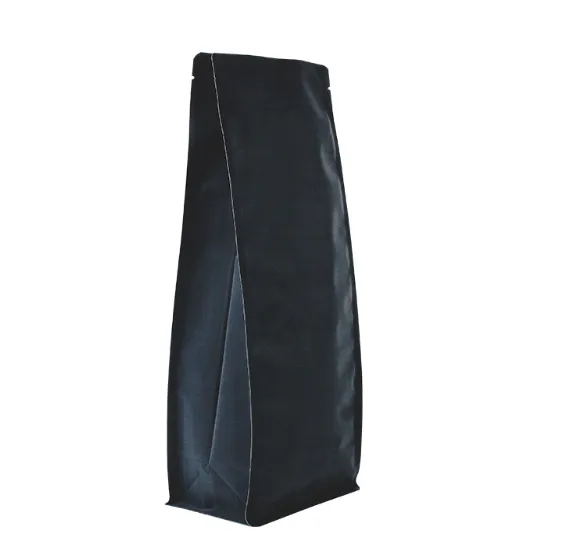- Afrikaans
- Albanian
- Amharic
- Arabic
- Armenian
- Azerbaijani
- Basque
- Belarusian
- Bengali
- Bosnian
- Bulgarian
- Catalan
- Cebuano
- chinese_simplified
- chinese_traditional
- Corsican
- Croatian
- Czech
- Danish
- Dutch
- English
- Esperanto
- Estonian
- Finnish
- French
- Frisian
- Galician
- Georgian
- German
- Greek
- Gujarati
- haitian_creole
- hausa
- hawaiian
- Hebrew
- Hindi
- Miao
- Hungarian
- Icelandic
- igbo
- Indonesian
- irish
- Italian
- Japanese
- Javanese
- Kannada
- kazakh
- Khmer
- Rwandese
- Korean
- Kurdish
- Kyrgyz
- Lao
- Latin
- Latvian
- Lithuanian
- Luxembourgish
- Macedonian
- Malgashi
- Malay
- Malayalam
- Maltese
- Maori
- Marathi
- Mongolian
- Myanmar
- Nepali
- Norwegian
- Norwegian
- Occitan
- Pashto
- Persian
- Polish
- Portuguese
- Punjabi
- Romanian
- Russian
- Samoan
- scottish-gaelic
- Serbian
- Sesotho
- Shona
- Sindhi
- Sinhala
- Slovak
- Slovenian
- Somali
- Spanish
- Sundanese
- Swahili
- Swedish
- Tagalog
- Tajik
- Tamil
- Tatar
- Telugu
- Thai
- Turkish
- Turkmen
- Ukrainian
- Urdu
- Uighur
- Uzbek
- Vietnamese
- Welsh
- Bantu
- Yiddish
- Yoruba
- Zulu
Top 5 Food Packaging Types for Safety & Freshness
- Introduction to essential packaging types and material fundamentals
- Deep dive into primary plastic materials used across packaging types
- Specialized plastic bag solutions for food industry applications
- Five dominant formats revolutionizing modern food containment
- Performance advantages and functional benefits analysis
- Comparative evaluation of leading packaging manufacturers
- Implementation scenarios and sustainable customization approaches

(5 types of food packaging)
Critical Role of 5 Types of Food Packaging
Contemporary food preservation relies on specialized containment systems that extend shelf life by 40-400% according to USDA studies. The fundamental packaging formats - rigid containers, flexible pouches, bags, trays, and wraps - collectively prevent $161 billion in annual global food waste. Material science breakthroughs have transformed basic containment into sophisticated protective environments with moisture management, gas barriers, and antimicrobial properties that maintain freshness while resisting external contaminants.
Material Science: Plastics Revolutionizing Food Safety
Polymer innovations create tailored protective solutions surpassing traditional materials. Polyethylene Terephthalate (PET) dominates beverage bottling due to its exceptional CO2 retention (up to 15-bar pressure resistance). High-Density Polyethylene (HDPE) withstands temperatures from -50°C to 110°C, making it ideal for freezer-to-microwave transitions. Polypropylene (PP) provides superior chemical resistance for acidic contents like tomato products. Low-Density Polyethylene (LDPE) offers unmatched flexibility for squeeze bottles and liners, while Polystyrene (PS) delivers rigidity for dairy containers at 30% weight reduction versus glass.
Specialized Bag Systems for Food Industry Applications
Food-grade bag configurations address specific preservation challenges. Stand-up pouches with 4-layer laminates extend snack food freshness 3X longer than conventional bags. Modified Atmosphere Packaging (MAP) bags with precision gas permeability maintain optimal O2/CO2 balance for produce. Heavy-duty woven polypropylene bags transport bulk ingredients with 10X greater puncture resistance than paper. Vacuum-seal barrier bags prevent freezer burn for 24-month frozen storage. Anti-static coated bags protect sensitive electronics in food manufacturing environments, reducing static-related waste by 18%.
Five Dominant Formats in Modern Food Containment
Industry innovation converges on five principal packaging methodologies. Thermoformed trays with snap lids achieve shelf-life extensions of 8-12 days for fresh proteins. Sterilizable retort pouches withstand 121°C processing temperatures for ambient-stable meals. Flow-wrapped products utilize cold-seal technology for heat-sensitive chocolates. Barrier-sealed bags equipped with one-way degassing valves preserve coffee freshness for 24 months. Skin packaging creates 70% reduction in material volume compared to clamshells while enhancing product visibility.
Technical Superiority in Preservation Systems
Advanced packaging demonstrates measurable performance benefits across critical parameters. Oxygen transmission rates below 0.5 cc/m²/day preserve oxidation-sensitive goods 8 times longer than standard packaging. Nanocomposite layers achieve water vapor barriers under 0.2 g/m²/day for crispness maintenance. Integrated intelligent indicators change color at specific temperature thresholds or spoilage metabolite detection. Active components like oxygen scavengers remove residual O2 below 0.01% concentration, while ethylene absorbers decrease produce ripening rates by 60%. UV-blocking additives prevent light-induced degradation without affecting product visibility.
| Manufacturer | Key Materials | Sustainability Index | Maximum Barrier Grade | Certifications |
|---|---|---|---|---|
| Amcor Ltd. | rPET, PP monomaterial | 87/100 | 1.2L O2/m²/day | FDA, ISO 22000, HACCP |
| Sealed Air Corp | Recycled PE, EVOH | 92/100 | 0.05cc/m²/day | FSSC 22000, BRCGS AA+ |
| Berry Global Inc | Post-consumer HDPE | 79/100 | 1.8cc/m²/day | ISO 9001, SQF |
Strategic Selection of Packaging Partners
Benchmarking top suppliers reveals critical differentiation. Material innovation leadership translates to 25-40% waste reduction through barrier enhancements. Certifications directly impact export eligibility across 72 global markets. Sustainability metrics now influence 65% of procurement decisions, with PCR (Post-Consumer Recycled) content capabilities separating industry leaders. Production flexibility enables runs from 50,000 to 50 million units while maintaining material consistency within ±0.05mm tolerance. Value-added services like in-house mold fabrication accelerate development by 6-8 weeks compared to outsourced solutions.
Future-Ready Solutions Across Packaging Types
Industry leaders implement specialized configurations for divergent requirements. Modified atmosphere packaging systems for fresh-cut produce reduce respiration rates using precision micro-perforations. Automated vertical form-fill-seal machines achieve outputs exceeding 400 bags/minute for snack foods. High-pressure processing (HPP) compatible pouches withstand 87,000 psi for cold-pressed juices. Compostable stand-up pouches certified to ASTM D6400 demonstrate complete biodegradation within 12 weeks. Smart packaging with printed NFC sensors tracks temperature abuse history for pharmaceuticals and premium foods, while reusable container systems incorporating RFID technology achieve 75-100 lifecycle rotations through automated sterilization validation.

(5 types of food packaging)
FAQS on 5 types of food packaging
Q: What are the 5 primary types of food packaging?
A: The five core types are primary (direct contact with food, like cans), secondary (grouping units, like cardboard boxes), tertiary (bulk transport pallets), active (extends shelf-life), and intelligent (monitors freshness with sensors). These categories address protection, logistics, and food preservation needs.
Q: Which plastic types are safest for food packaging?
A: Common food-safe plastics include PET (water bottles), HDPE (milk jugs), LDPE (bread bags), PP (yogurt containers), and PS (foam trays). Each has specific barrier properties against moisture/oxygen and must comply with FDA/EFSA regulations for direct food contact.
Q: What plastic bag varieties are used for food packaging?
A: Key types are polyethylene bags (LDPE for bakery items, HDPE for produce), polypropylene bags (chips/crisps), vacuum bags (meat), and resealable zipper bags (snacks). These offer moisture control, puncture resistance, and custom sealing options for different perishability levels.
Q: How do different food packaging types impact sustainability?
A: Materials like recyclable plastics (rPET), biodegradable films (PLA), paperboard, glass, and reusable containers reduce environmental impact. Choice depends on carbon footprint, recyclability, and food waste reduction potential - e.g., compostable pouches decompose faster than traditional plastics.
Q: Why are diverse food packaging formats needed for products?
A: Variations include rigid containers (glass jars for sauces), flexible pouches (soup sachets), paper wraps (fast food), metal tins (cookies), and composite materials (juice boxes). This diversity optimizes shelf-life, tamper evidence, portion control, and visual appeal across fresh, frozen, or dry goods.













